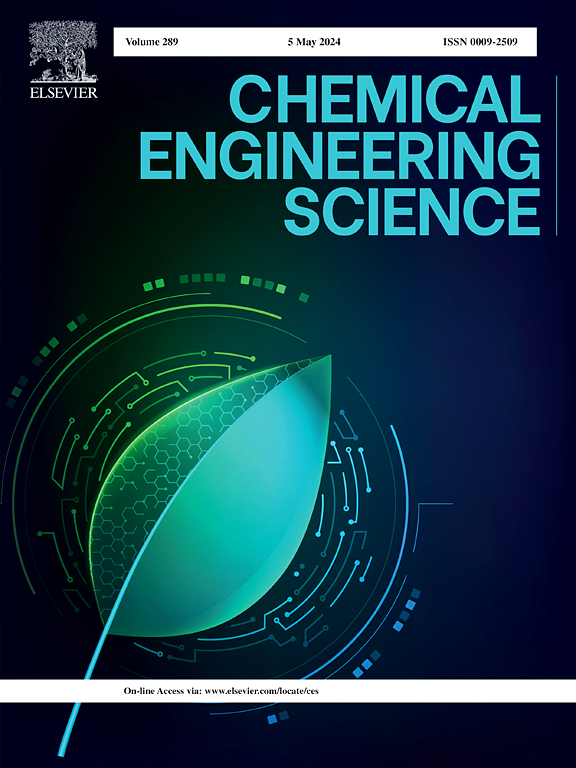Amphiphilic CoP/CN heterojunction for photocatalytic microplastics degradation synergistic hydrogen generation
IF 4.1
2区 工程技术
Q2 ENGINEERING, CHEMICAL
引用次数: 0
Abstract
Microplastics, a novel kind of environmental pollutant, have attracted global attention due to detrimental effects on organisms and ecosystems. In this study, solvothermal method combined with phosphating treatment were used to prepare a series of amphiphilic CoP/g-C3N4 composites (CoP/CN), which facilitate the resource conversion of microplastics into high-value carbon-containing products through photocatalytic oxidation, while simultaneously producing clean energy by splitting water into hydrogen (H2). The photocatalytic activity of CoP/CN in the reaction process of microplastics degradation synergistic hydrogen generation is influenced by the hydrophilicity and CoP content. It was found that treating g-C3N4 with ethanol can enhance the hydrophily of the resulting CoP/CN material. Notably, at a CoP content of 2 wt%, the CoP/CN (E) exhibited a smaller contact angle of 39.48° lower than those of other samples, achieving the highest H2 evolution activity of 1.3 mmol g−1 within 4 h. Besides, the microplastic (PET) can be successfully degraded and transformed into value-added products using amphiphilic CoP/CN material under irradiation. This investigation offers a promising photocatalytic strategy for the sustainable management of microplastics pollutant, highlighting the potential for resource recovery and clean energy generation.


求助全文
约1分钟内获得全文
求助全文
来源期刊

Chemical Engineering Science
工程技术-工程:化工
CiteScore
7.50
自引率
8.50%
发文量
1025
审稿时长
50 days
期刊介绍:
Chemical engineering enables the transformation of natural resources and energy into useful products for society. It draws on and applies natural sciences, mathematics and economics, and has developed fundamental engineering science that underpins the discipline.
Chemical Engineering Science (CES) has been publishing papers on the fundamentals of chemical engineering since 1951. CES is the platform where the most significant advances in the discipline have ever since been published. Chemical Engineering Science has accompanied and sustained chemical engineering through its development into the vibrant and broad scientific discipline it is today.
 求助内容:
求助内容: 应助结果提醒方式:
应助结果提醒方式:


